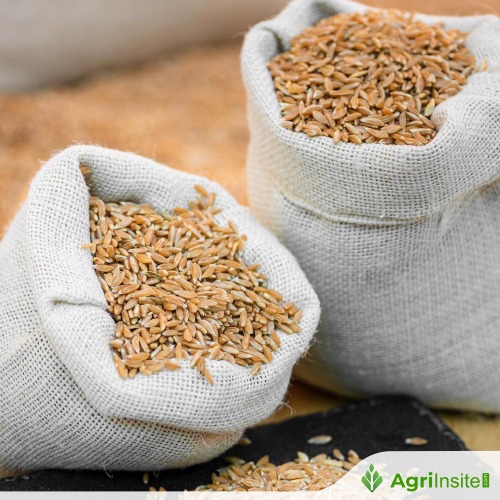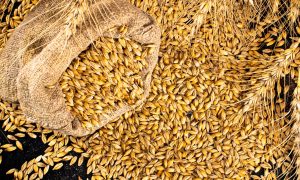Winter rain induced by back-to-back western disturbances boon for wheat production

Recent rainfall in India’s wheat-producing regions, thanks to back-to-back western disturbances, has boosted crop productivity and saved farmers irrigation costs. This comes after three years of adverse weather impacting wheat production. The increased sowing area, along with forecasts for further rain, provides relief to farmers and stabilizes wheat prices. More details are available in the source.
Back-to-back western disturbances induced good rainfall in major wheat-producing regions have relieved the government, as the country has been facing a wheat production crisis for the past three years.
India’s major wheat producing areas including Punjab, Haryana, Rajasthan, Western Uttar Pradesh have so far received normal rainfall.
Scientists say the rainfall will increase wheat productivity and acreage and save farmers’ investment for at least one irrigation. For the past three years, adverse weather conditions such as the early arrival of heatwaves and deficient winter rainfall impacted production, subsequently raising the wheat market price. The current wheat price has been hovering between Rs 2500 and Rs 3000 in different markets. The minimum support price of wheat is Rs 2425.
“Back-to-back light rainfall due to western disturbances will enhance productivity for wheat crops,” said Dr Gyanendra Singh, former Director of the Indian Institute of Wheat and Barley Research (IIWBR) Karnal. He also said that it would improve a number of tillering spikes (increase in a number of green shoots) and also be good for late-sown wheat crops in mid-December onwards.
The final sowing of rabi crops data shows an increase of over 4 per cent of sowing areas compared to the previous year. At the end of the sowing season, 320 lakh hectares (LH) area coverage under Wheat was reported, compared to 315.63 LH during the corresponding period last year.
The good rainfall will also save the cost of farmers by not investing in irrigation.
In its fortnightly advisory to the farmers, the IIWBR advised farmers to apply the urea dose of @ 40 Kg per acre to ensure good growth given the recent rainfall in Northern India.
It also said that in areas that have not received any or deficient rainfall, light irrigation may be given if the soil lacks sufficient moisture.
“Farmers should keep an eye on the weather before irrigation so that the situation of excess water can be avoided and also, avoid the use of nitrogen in fog or cloudy conditions,” said Singh.
The Indian Meteorological Department (IMD) has predicted another fresh spell of back-to-back western disturbances, which will bring heavy snowfall and rainfall in the western Himalayas and Northwest India from next week until 24 January. After that, the weather will be calm and clear.
In addition to this, a patch of very dense fog will persist throughout the whole Indo-Gangetic plain.
In Southern India, a cyclonic storm over the Southeast Bay of Bengal off the Tamil Nadu coast can cause scattered light to moderate rainfall accompanied by heavy rainfall, thunderstorms, and lightning at isolated places over coastal Tamil Nadu, Puducherry, Karaikal, and Kerala.
To read more about Wheat News continue reading Agriinsite.com
Source : The New Indian Express















